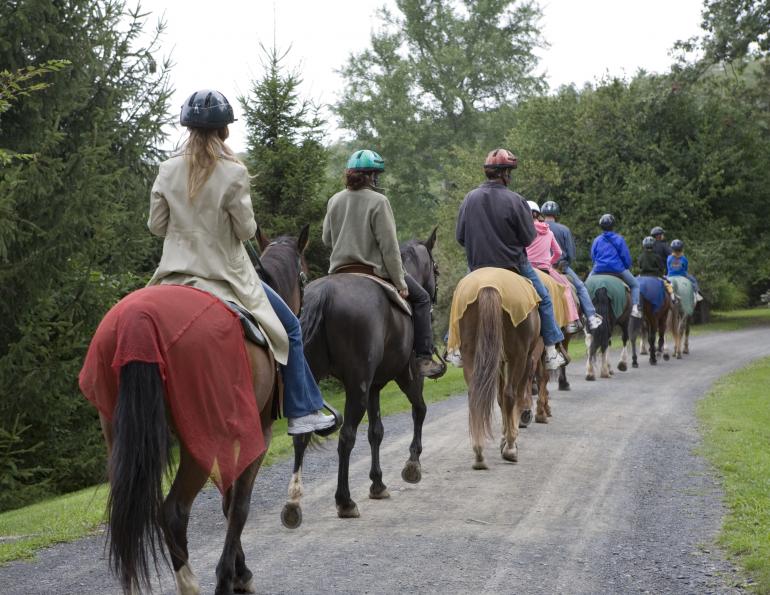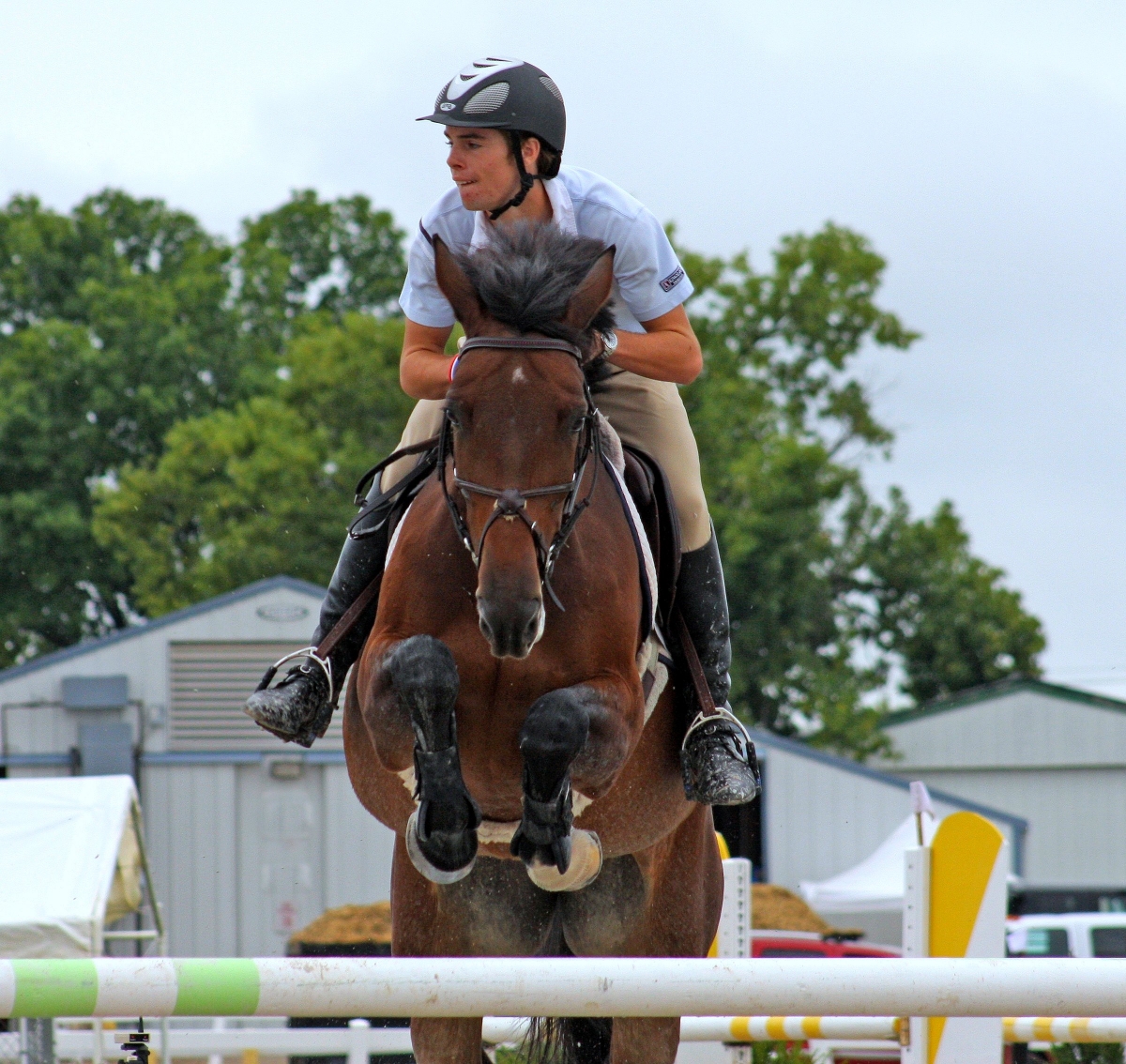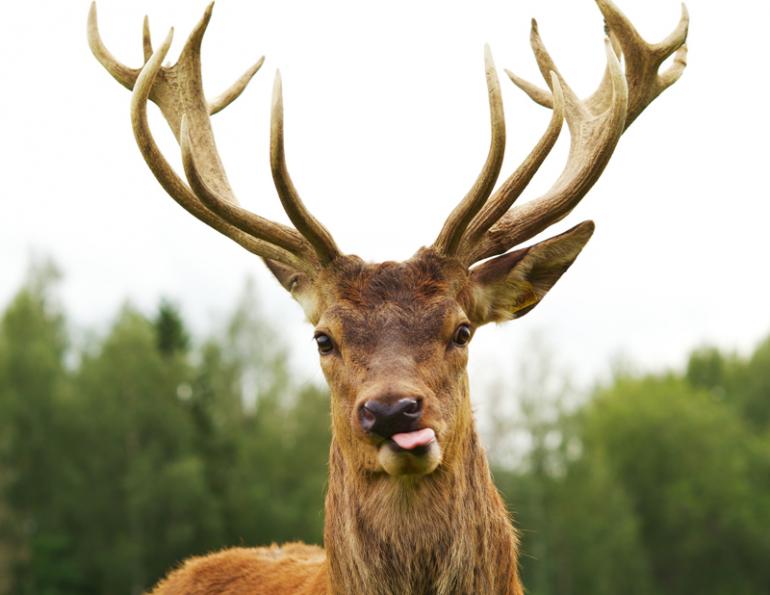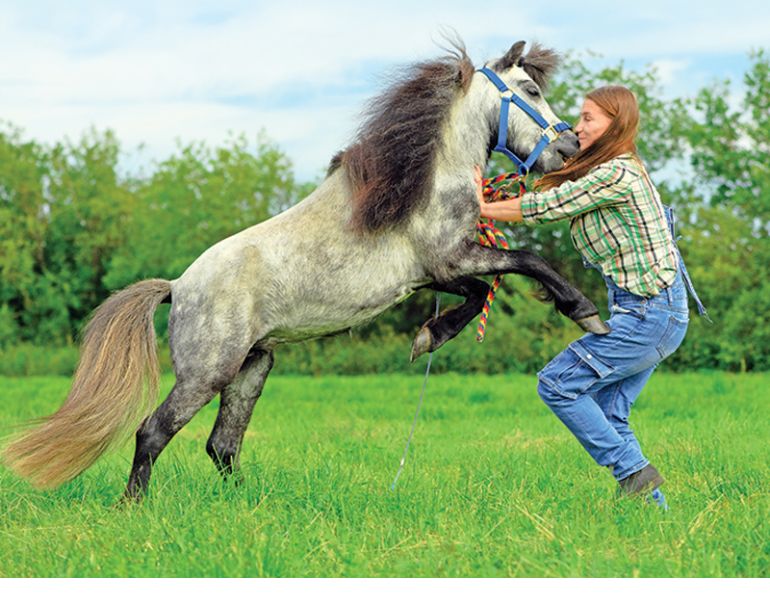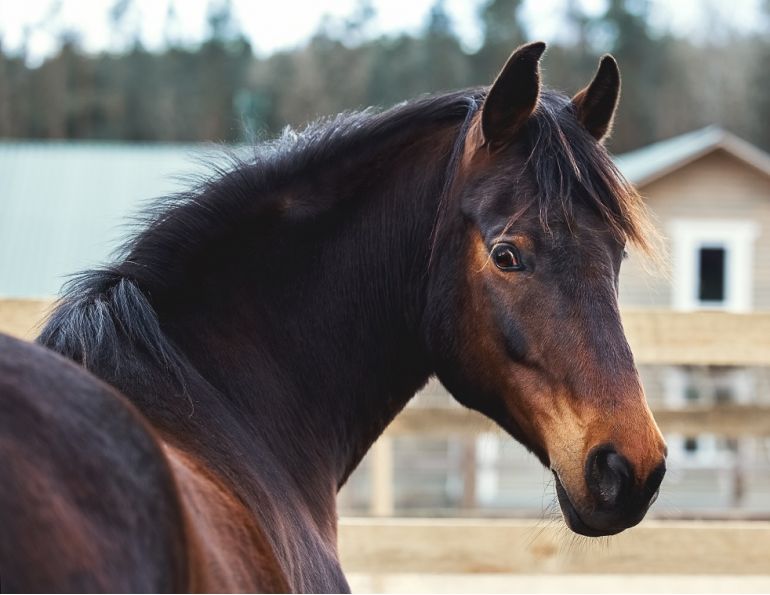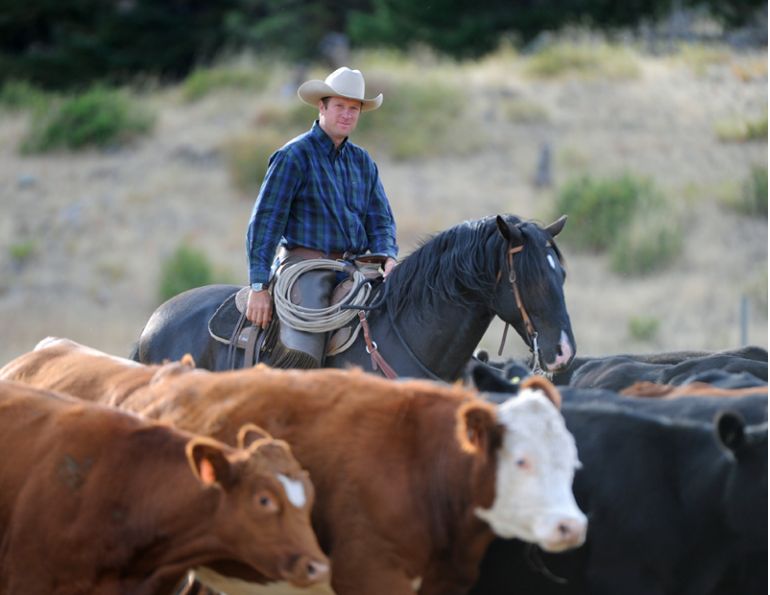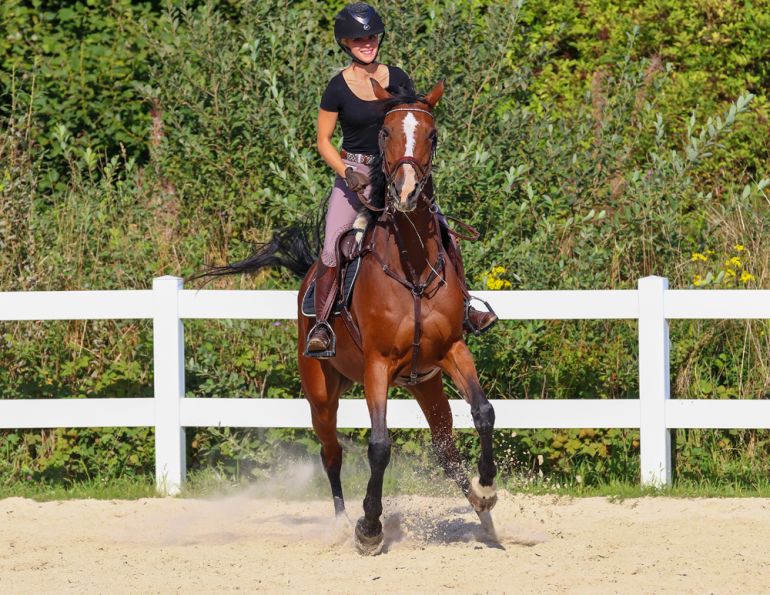By Dr. Brianne Henderson
“Whether it be a football player studying ballet or a dressage horse learning to work cows - cross-training is a central pillar to athletic success and longevity,” says Dr. Brianne Henderson BVMS MRCVS, Ferguson Equine Veterinary Services & Toronto Equine Hospital.
Extrapolating from human athlete research, can cross-training have the same beneficial effects to our equine athletes? As our expectations for our equine partners increase, so should our knowledge of injury prevention and our understanding of the psychology of the equine athlete. Equine sports medicine and training concepts found their beginnings in the pillars of human athlete science. Moving forward, we now have the benefits of dedicated research labs and the experience of icons in the industry.
Injury prevention
Cross-training allows us to spread the cumulative level of orthopedic stress over an increased number of muscles and joints. By “sharing the load” we are able to train longer at greater intensity without overloading vulnerable areas. For example, a dressage horse or a show jumper requires a high level of hindquarter strength and endurance to maintain the engagement and power of collection. As an alternative to the typical strength training exercises within the arena, the same horse would benefit from regular, controlled hill work which would:
• Strengthen the muscles of the hindquarter without putting a focal stress on common areas of injuries, such as hock joints and suspensory ligaments;
• Move the sacroiliac joint in a different pattern reducing the chance of repetitive strain associated with inflammation;
• Give the rider and the horse a mental break from the intense training within the ring.
“It is critical for the mental and proper musculoskeletal development of the athlete to have, for every three training days, a day off or even better, provide cross-training like trail riding or swimming on these days,” recommends Dr. Judith Koenig, DVSc ACVS, of the Ontario Veterinary College.
|
Photo: S.Carter/Flickr |
Improved fitness
One of the primary purposes of cross-training in human athletes is to build strength and aerobic fitness to a greater level. Do you find your jumper lacks the “umph” in the jump-off round? Is your “schwung” a little lackluster after a multi-day dressage show? Aerobic fitness or endurance is a key element for any athlete being asked to perform over many hours or days.
Let’s look at a few more examples:
• An endurance horse or hunter/jumper that is cross-trained with dressage will experience the benefits of increased coordination, suppleness, and reduced risk of injury from muscles tiring during an event. Suddenly mile 40 isn’t as much of a push and that tight turn on a jump-off is more fluid.
• A show horse which is hacked out, or does the occasional 12 to 25 mile limited distance ride, builds a greater aerobic capacity and endurance for long show weekends. In addition, in order to collect/shorten a muscle, we must first lengthen it and stretch it. The combination of collected “heavy lifting” work, alongside “long and low” hacking works the muscles in a different capacity, and reduces the risk of overloading on a specific structure, such as the suspensory ligament).
The science behind the art
Cross-training can provide many benefits, including increased cardiovascular fitness and musculoskeletal strength, enhanced motivation by diminishing the potential for boredom, and rejuvenation of mind and body during breaks from formal training. All of these benefits result in a prolonged career by avoiding injury and preventing ring sour behaviour, but to understand why, let’s look at the science behind these claims.
The basic law of bone is that it is dynamic - always changing and responding to stress. This bone remodeling is determined not only by growth but also by mechanical loading on the bone.
Micro-damage occurs (within the bone) as a consequence of repetitive strain. When this micro-damage occurs, damaged cells send signals to remove the damaged bone and replace it with healthy bone.
Overtraining causes this micro-damage to occur at a faster rate than the body can fix, and so the repair is never as strong as the original bone. This creates a weak point in the bone and sets the horse up for future injury.
A similar micro-damage-repair cycle occurs within the tendons and ligaments; however, their relatively poor blood supply limits their ability to self-repair quickly. In addition to the repetitive strain injuries seen in tendons and ligaments, Dr. Hilary Clayton of Michigan State University highlighted an important difference between tendons and bone: Elastic tendons accumulate microscopic damage over the lifetime of the horse, which puts older horses at risk of exercise related damage.
The benefits of cross-training (and the impact of over-training) are most easily depicted in the thoroughbred racehorse.
“Repetitive cyclic stress to the skeleton is the primary cause of lameness in the race horse,” explains Dr. Larry Bramlage DVM MSc ACVS, Rood and Riddle Equine Hospital in Kentucky.
It follows that the key to a strong musculoskeletal system is gradual and varied loading. Training at different gaits and on varied terrain enables the bone and soft tissue to be stressed in different directions and reduces the effect of repetitive strain. This is as true for the dressage horse as it is for the racehorse.
Ring sour horses, stereotypies
Numerous articles discuss cross-training horses by highlighting the use of hot walkers, treadmills, or aquacizers as optimum alternatives. From a purely physical perspective, all of these modalities provide excellent physical training; however, we must remember that in addition to the physical benefits of cross-training, we are also looking to keep our equine counterparts happy in their work. We should not gloss over the impact of the social relationship on the horses’ psyche. Instead, we should make it an important part of the horses’ weekly schedule.
Hacking or jump schooling in groups, cattle sorting, or beach swimming are all options that can provide both physical and mental benefits when implemented correctly and safely. These changes in routine also allow us, as riders, to remember the joy of spending an afternoon in the saddle without the stress of competition.
To learn more about exercise physiology take Equine Guelph's online course go to http://www.equineguelph.ca/education/indiv_courses.php
Main Article Photo: Changes in the routine, such as hacking out, are important for cross-training the mind and body of both horse and rider. Photo from ©iStock.com/Eric Jones



